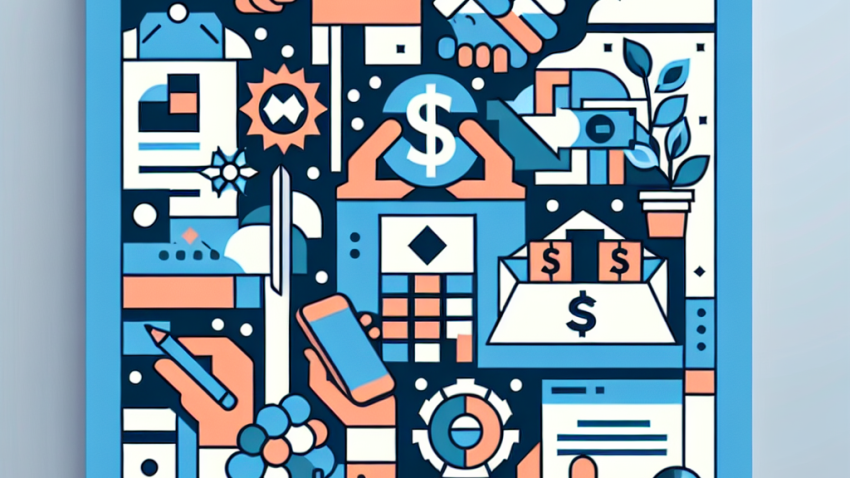
Why Financial Inclusion Is Still a Buzzword, Not a Reality
Student Loan Forgiveness: What It Really Means for Borrowers
Let’s get one thing clear right out the gate: student loan forgiveness isn’t a magic wand that wipes away decades of student debt injustice. It can feel like a lifeline—or a political mirage. As someone who has been knee-deep in consumer financial policy for over two decades, I’ve seen it all: hopeful borrowers, broken promises, and occasionally, true relief. So let’s break down what student loan forgiveness really means, who it helps, and what the risks are.
What Is Student Loan Forgiveness?
At its core, student loan forgiveness happens when the government cancels all or part of your federal student debt after you meet specific requirements. Think of it as Uncle Sam deciding not to collect on your IOU—if, of course, you’ve jumped through all his hoops.
Types of Student Loan Forgiveness Programs
- Public Service Loan Forgiveness (PSLF): For government and non-profit employees, lasting forgiveness after 120 qualifying monthly payments and full-time work in eligible jobs.
- Teacher Loan Forgiveness: Up to $17,500 in forgiveness for teachers serving in low-income schools for at least five consecutive years.
- Income-Driven Repayment (IDR) Forgiveness: Remaining balance canceled after 20–25 years of qualifying payments under an IDR plan.
- Total and Permanent Disability Discharge: If you’re permanently disabled, your federal loans may be discharged tax-free.
Of course, the rules vary, caveats abound, and approvals require paperwork. Lots of it.
Who Qualifies—and Who Doesn’t?
Let’s not sugarcoat it—the eligibility maze is real. For example, PSLF notoriously denied over 98% of applicants in its first few years. The good news? The Biden administration has made meaningful reforms to streamline qualifying criteria and create appeal processes. The bad news? Not everyone benefits equally.
The Fine Print on PSLF
- Your employer must be a qualifying organization. Nonprofit work at a 501(c)(3)? Great. A contractor working in a public hospital? Not so much.
- You must be on an income-driven repayment plan. Standard repayment doesn’t count, nor do lump-sum payments.
- Your loans must be Direct Loans. Got FFEL or Perkins loans? You’ll need to consolidate before qualifying.
In other words, forgiveness doesn’t come easy. But when it does, it can be a financial game-changer—and a rare win for consumers.
But Is Forgiveness Fair?
This is the hot-button issue, isn’t it? Some argue that forgiving student debt rewards irresponsibility or punishes those who paid theirs off. Others see it as necessary reparations for a system rigged against young, low-income borrowers.
Let me be clear: student debt wasn’t created in a vacuum. It’s a byproduct of systemic underfunding of public education, unchecked tuition hikes, and predatory for-profit schools. Millions of borrowers didn’t get degrees—but they got the debt. Forgiveness puts shoes on the ground—equity, not envy, guiding the steps.
The Economic Perspective
The macroeconomic effects of forgiveness are up for debate. Some economists say canceling debt boosts the economy by freeing up spending power. Others argue it raises inflation risks or sets dangerous precedents. The Congressional Budget Office estimated a $400 billion price tag on broad-based forgiveness—a hefty sum, but small compared to other federal spending.
Tax Implications: Will the IRS Come Knocking?
Here’s the thing: debt cancellation is often considered taxable income. Yup—you could get a 1099-C from forgiveness and still owe Uncle Sam. But wait!
Under the American Rescue Plan Act of 2021, most student loan discharges from 2021 through 2025 are not considered taxable income at the federal level. That’s huge. States, however, may treat it differently, so check your local tax laws.
The Biden Administration’s Shift in Strategy
After the Supreme Court struck down the administration’s original $400B loan forgiveness plan, a pivot was required. The Department of Education has since announced a phased legal approach to loan discharge under the Higher Education Act. What does that mean for you? More delays—but also more targeted relief.
As of now, over 3.6 million borrowers have received some form of forgiveness through PSLF, IDR adjustments, or disability discharge. These aren’t theoretical numbers—these are real humans finally seeing zero balances in their loan servicer portals.
What Borrowers Should Do Now
If you’re holding student debt like it’s a souvenir from a trip you wish you never took, here are your next steps:
1. Review Your Loans
Log in to StudentAid.gov and verify your loan types and repayment plan. Are you on an IDR? Are your loans Direct? Knowledge is half the battle.
2. Certify Employment for PSLF
Submit your employer certification form annually, even if you’re not sure you qualify yet. Doing it retroactively is possible, but messier than a melted sundae in July.
3. Apply for IDR Forgiveness Adjustments
Through a time-limited initiative, the Department of Education is crediting certain past payments—even partial or late ones—toward forgiveness. This could put you closer to discharge than you think.
4. Watch for Scams
If someone promises “guaranteed forgiveness” for a fee—run. The government never charges for forgiveness applications. Legit info is at StudentAid.gov, nowhere else.
Final Thoughts from Ellie
Student loan forgiveness isn’t simple, and it sure isn’t perfect. But it matters. It’s one of the few tools that begins to undo the damage of a college financing system that has too often burdened the vulnerable while enriching administrators and lenders.
As a consumer advocate, I’ll continue pushing for broader reforms—forgiveness that is more accessible, equitable, and efficient. But for now, if you’re eligible, don’t hesitate. Claim what’s yours. You didn’t borrow student loans to become a policy analyst in your spare time. You borrowed them to build a future.
And that future? You deserve to own it—debt-free.
Need help navigating your forgiveness options or preparing IDR paperwork? Visit our contact page or check out our about us section to learn more about our mission to simplify finance for everyone.


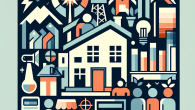
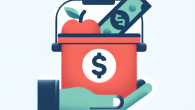
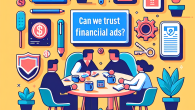

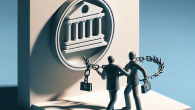

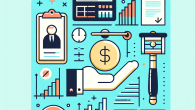
Leave a Reply